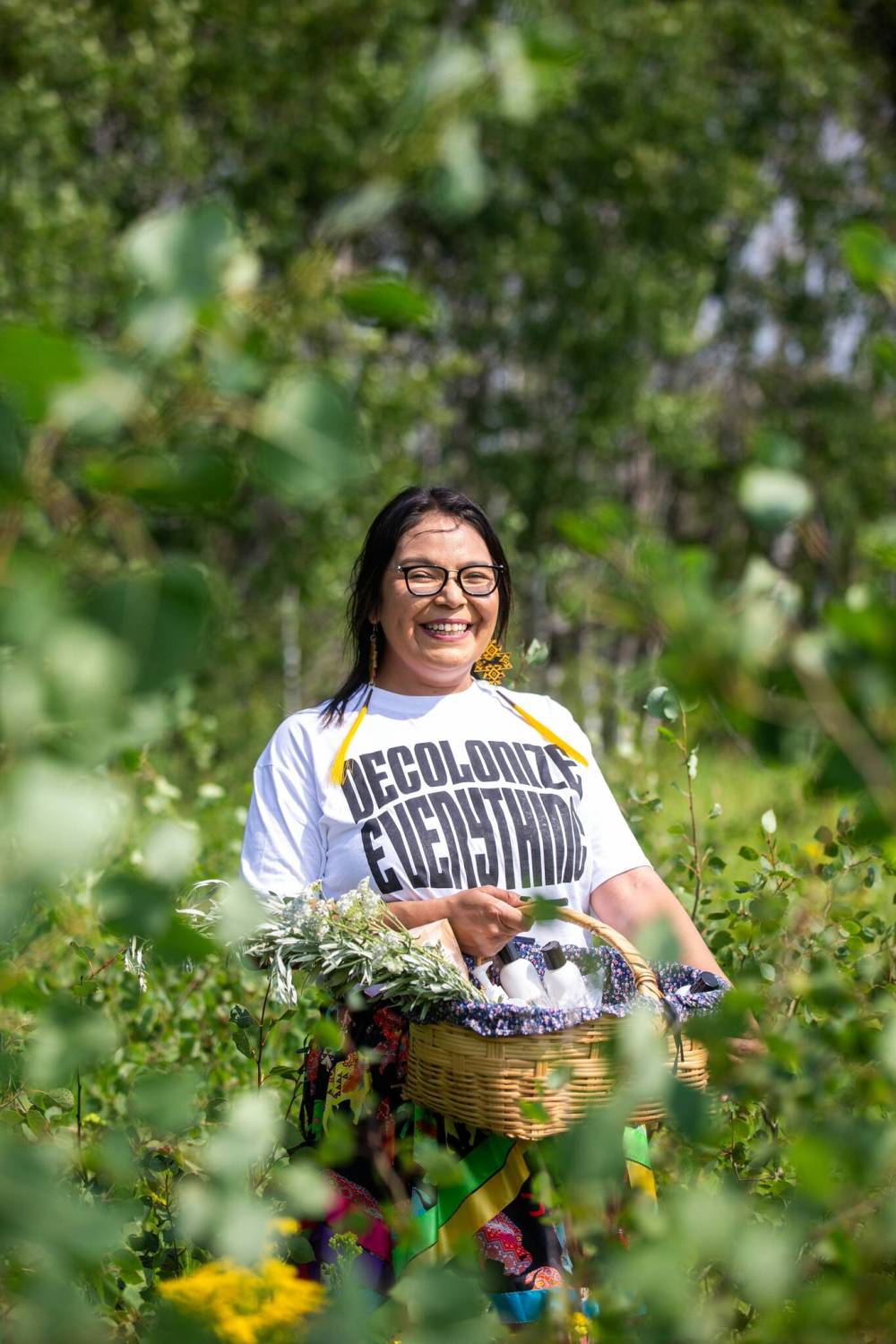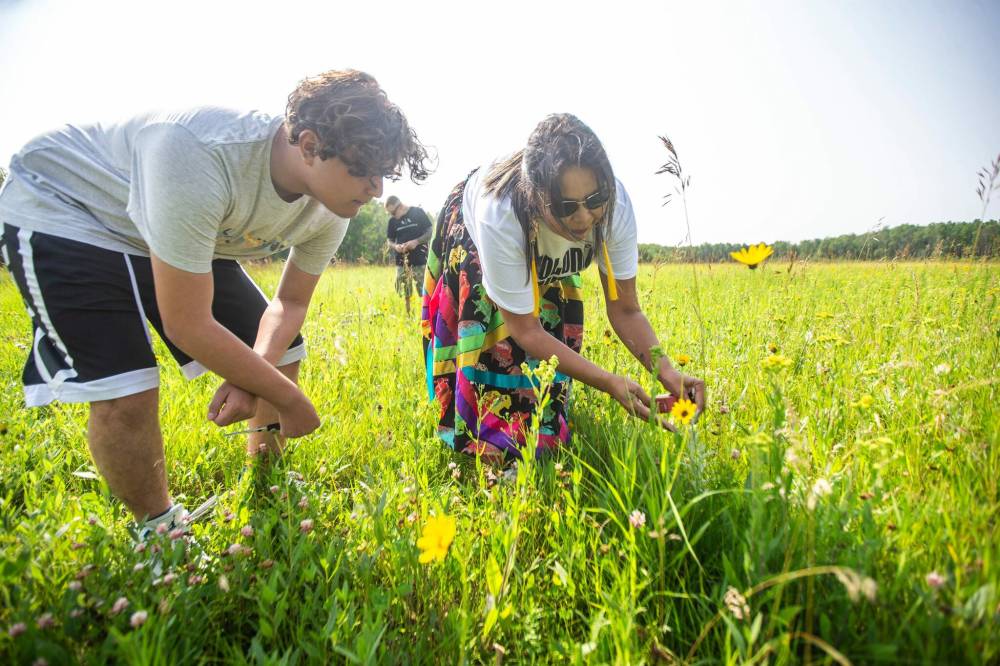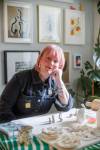Roots of wellness Traditional Indigenous plant-medicine sources inspire handmade personal-care products
Read this article for free:
or
Already have an account? Log in here »
To continue reading, please subscribe:
Monthly Digital Subscription
$1 per week for 24 weeks*
- Enjoy unlimited reading on winnipegfreepress.com
- Read the E-Edition, our digital replica newspaper
- Access News Break, our award-winning app
- Play interactive puzzles
*Billed as $4.00 plus GST every four weeks. After 24 weeks, price increases to the regular rate of $19.00 plus GST every four weeks. Offer available to new and qualified returning subscribers only. Cancel any time.
Monthly Digital Subscription
$4.75/week*
- Enjoy unlimited reading on winnipegfreepress.com
- Read the E-Edition, our digital replica newspaper
- Access News Break, our award-winning app
- Play interactive puzzles
*Billed as $19 plus GST every four weeks. Cancel any time.
To continue reading, please subscribe:
Add Free Press access to your Brandon Sun subscription for only an additional
$1 for the first 4 weeks*
*Your next subscription payment will increase by $1.00 and you will be charged $16.99 plus GST for four weeks. After four weeks, your payment will increase to $23.99 plus GST every four weeks.
Read unlimited articles for free today:
or
Already have an account? Log in here »
Hey there, time traveller!
This article was published 03/08/2024 (447 days ago), so information in it may no longer be current.
Ten years ago Dana Connolly started going to medicine workshops to learn about therapeutic qualities of Manitoba’s plants and to establish a deeper connection with the land.
Putting her knowledge to use, she made personal-care items infused with sweetgrass, lavender, cedar and sage — traditional plant medicines used for millennia in Indigenous healing systems — to give as Christmas gifts to family and friends.
She found herself with some extras and posted them to her Facebook page where, to her surprise, they were snapped up. People flooded her inbox, requesting more lip balms, bath salts and body butters.
Photos by MIKAELA MACKENZIE / FREE PRESS Mashkiki Garden Creations’ Dana Connolly makes natural beauty and wellness products infused with Manitoba prairie plants.
“I had no intention of starting a business,” Connolly recalls. “But that Christmas I saw a need for Indigenous handmade wellness products. Our little family (partner Cory, daughter Kay and son Caiden) immediately started creating more items in our kitchen and we got around 40 baskets out to folks.”
And just like that Mashkiki Garden Creations was born. It remains a family affair. Cory recently gave up his job to make bath bombs, scrubs and lotions full-time, Kay now manages social media and designs posters, and Caiden labels all the products.
The family also harvests the medicines together, visiting different reserves, as well as urban spots such as the Medicine Gardens at The Forks and Assiniboine Forest to gather plants, making sure they never pick at the same place twice and steering clear of areas which been sprayed with chemicals.
“We consider the relationship with the land as if it is kin. It has living, breathing life. We offer tobacco, songs and prayers before we harvest. These plants are our relatives, part of our family and part of our community. They give us life and sustain us,” Connolly explains.
The Creators
The Creators is a series that examines the aha moment behind ideas, images and inspiration, and the people behind them. See more in the series.
Self-taught at the beginning of her journey, Connolly enrolled in a two-year online Formula Botanica organic skincare course to further her knowledge, juggling a 50-plus-hours-a-week full-time role as associate executive director of Ka Ni Kanichihk, alongside studying and tending her flourishing wellness line.
As gratified as she is by her success, for Connolly Mashkiki is about much more than just the bottom line.
Indigenous representation, access to traditional healing, cultural reclamation and cultural continuity are at the heart of her work.
“Because of my day job, I know how important representation is. I’ve never felt represented when I walk into Shoppers (Drug Mart) or Walmart; there is nothing in there that represents Indigenous people and the traditional plants that we have been using since time immemorial, which we have intrinsic relationships with.
“It is about giving people access to what they need; if they cannot go to the land to get their medicine, then let’s have it in the stores in our cities, let’s have it in our shampoos and conditioners,” she says.
MIKAELA MACKENZIE / FREE PRESS Dana Connolly explains some details about sage to her son, Caiden, 15.
Connolly conducts workshops with organizations where, alongside teaching people how to make chapsticks and bath bombs, she promotes Indigenous wellness methods by talking about traditional medicines and reinforcing the community’s long-held relationships with plants.
‘Our ancestors had great relationships with plants. Those things were taken away, stolen during colonization. I know how important healing modalities and land-based healing are for Indigenous people. They are absolutely critical,” she says.
She is keen to dispel misconceptions that only Indigenous people can use certain medicines.
“It’s not true. Yes, we want to promote healing to Indigenous communities but other ethnicities can learn about plant medicine and spirituality. It’s about building relationships, cross-cultural learning and economic reconciliation,” she says.
Her plan is for production to move out of her home kitchen, into a space where she can make and sell items, as well as host more-regular workshops where everyone is welcome.
“That is the dream, to have this one space. I would love to have nights when I can host bath-bomb and lotion workshops and bring access to everyone in the community.”
av.kitching@freepress.mb.ca

AV Kitching is an arts and life writer at the Free Press. She has been a journalist for more than two decades and has worked across three continents writing about people, travel, food, and fashion. Read more about AV.
Every piece of reporting AV produces is reviewed by an editing team before it is posted online or published in print — part of the Free Press‘s tradition, since 1872, of producing reliable independent journalism. Read more about Free Press’s history and mandate, and learn how our newsroom operates.
Our newsroom depends on a growing audience of readers to power our journalism. If you are not a paid reader, please consider becoming a subscriber.
Our newsroom depends on its audience of readers to power our journalism. Thank you for your support.




